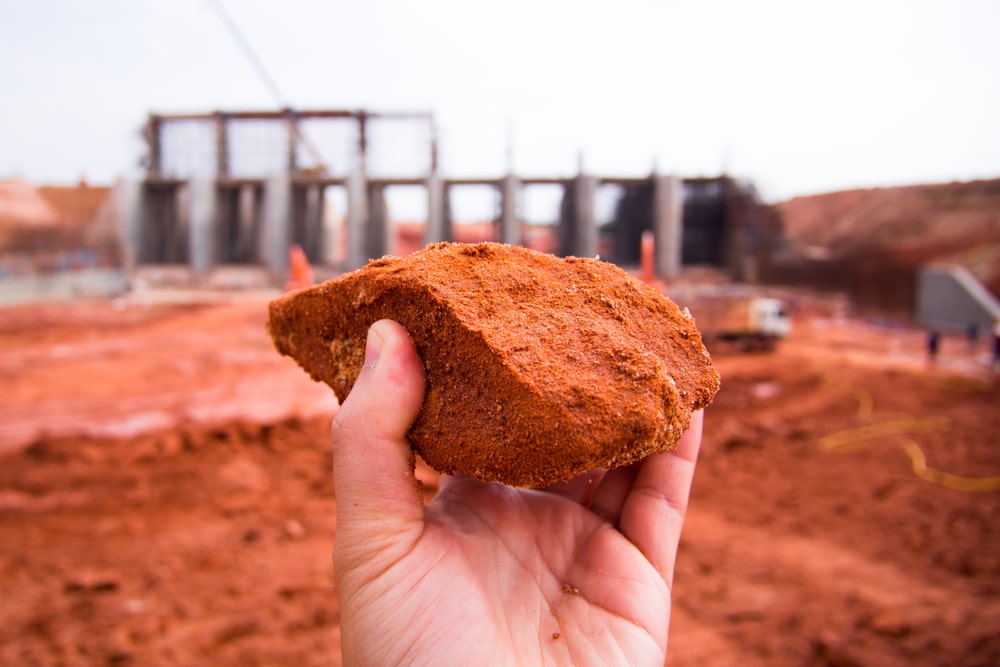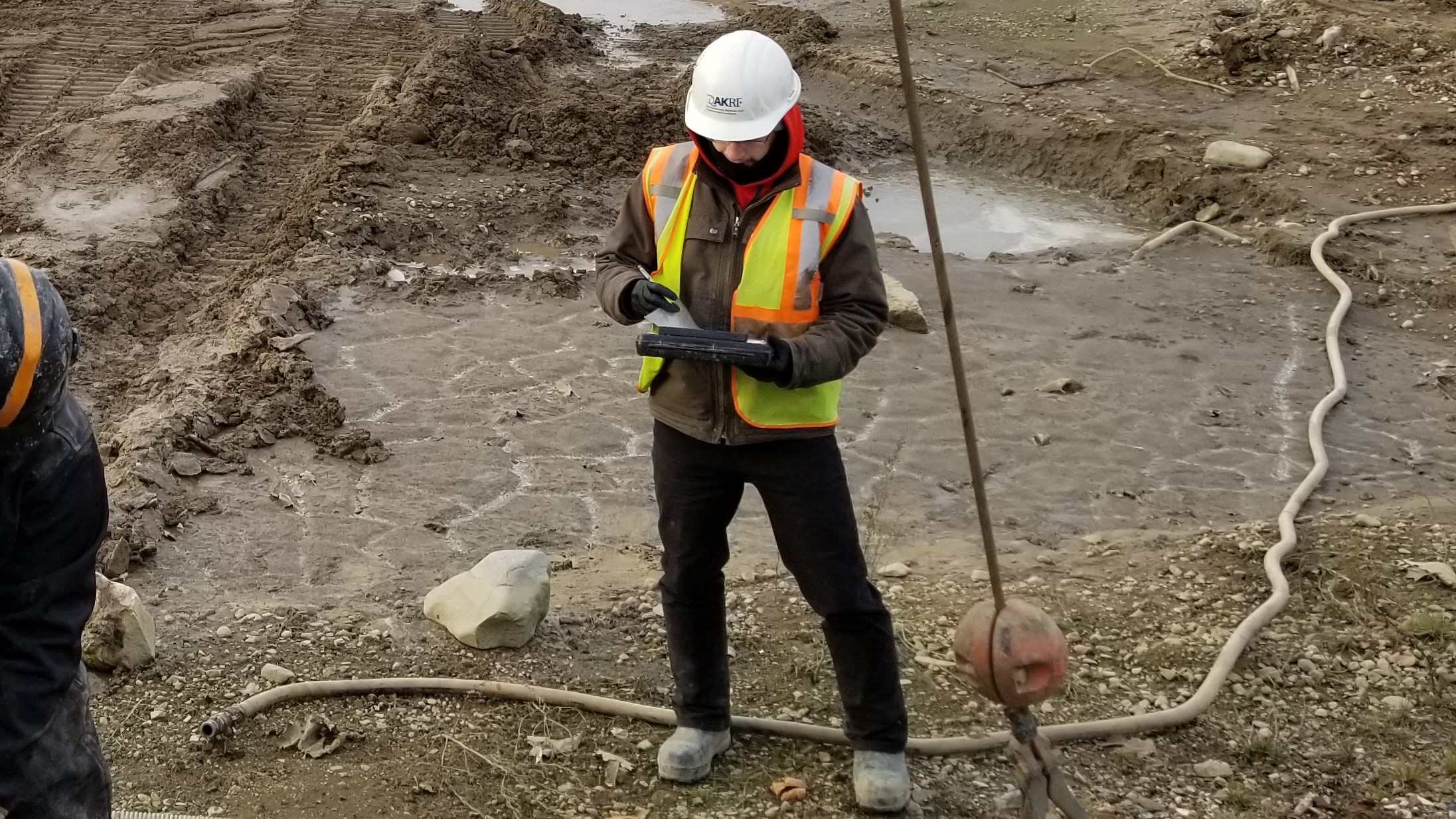The Interdisciplinary Approaches in the Geotechnical Sector: Linking the Void In Between Design, Geology, and Environmental Science for Optimal Project End Results
The combination of design, geology, and environmental science within the geotechnical market is not just advantageous; it is essential for accomplishing optimum project end results. What strategies might emerge to promote this crucial cooperation and enhance the effectiveness of geotechnical techniques?
Relevance of Interdisciplinary Cooperation
The importance of interdisciplinary collaboration in the geotechnical market can not be overemphasized. Reliable geotechnical tasks call for the assimilation of varied knowledge from different areas, consisting of design, geology, and ecological scientific research. This cooperation ensures that all aspects of a project are considered, causing detailed remedies that resolve complex challenges.
When working in seclusion,Interdisciplinary collaboration promotes advancement by making it possible for experts to share insights and approaches that may not be apparent. By leveraging the toughness of numerous self-controls, teams can recognize possible dangers, optimize design procedures, and improve the sustainability of geotechnical projects. Such cooperation promotes a holistic understanding of site-specific problems, which is vital for exact evaluation and decision-making.
The intricacy of geotechnical tasks demands a coordinated method to analytical. Eventually, interdisciplinary cooperation is crucial for advancing best practices and accomplishing quality in the geotechnical sector.
Trick Roles of Each Discipline
Collaboration among different self-controls is not just helpful; it is essential for the effective implementation of geotechnical tasks. Each discipline-- engineering, geology, and environmental science-- plays a distinct yet interconnected role that contributes to predict efficacy and sustainability.
Geotechnical designers are largely liable for making structures and making sure structural integrity. They analyze dirt and rock residential properties to examine load-bearing abilities, providing essential information for risk-free building practices. Their competence allows the formulation of cutting-edge options to complex challenges.

Ecological researchers analyze the potential impacts of construction on environments and water sources. They conduct environmental analyses and develop mitigation methods to decrease adverse effects. By integrating environmental considerations, they make certain compliance with policies and advertise sustainability throughout the job lifecycle.
Instance Studies of Effective Assimilation
Successful integration of geotechnical techniques can be exemplified via different case studies that highlight the effectiveness of synergy in dealing with intricate engineering obstacles. One remarkable example is the building and construction of the Hong Kong-- Zhuhai-- Macau Bridge, where a collective approach including geotechnical design, geology, and environmental scientific research was crucial. Rock hounds and designers operated in unison to analyze the seabed conditions and enhance the foundation layout, guaranteeing security and lessening environmental influence.
An additional impactful instance is the improvement of incline security in the San Francisco Bay Area, check that where an interdisciplinary team incorporated geotechnical analysis with environmental evaluations. By incorporating hydrological researches and geological surveys, the group efficiently recognized potential landslide dangers and implemented efficient reduction steps, boosting safety and security and sustainability.
Additionally, the redevelopment of Brownfield websites usually requires a multidisciplinary method. In one situation in Chicago, cooperation amongst geotechnical engineers, environmental researchers, and city planners resulted in the successful remediation of polluted soil, permitting the risk-free makeover of the website right into an area park. These study illustrate that interdisciplinary collaboration not only addresses technical challenges but additionally fosters innovative services that benefit both neighborhoods and projects.
Challenges in Multidisciplinary Projects

Additionally, collaborating schedules and workflows amongst different teams can be bothersome, especially when each self-control has unique task turning points and deliverables. This misalignment can cause delays and enhanced prices. The obstacle of resource allocation additionally looms big; making sure that customized knowledge is offered at vital junctures needs careful preparation and foresight.
Last but not least, regulative conformity presents another considerable challenge. Each self-control may face various regulative structures, and lining up these needs to meet task objectives can be lengthy and intricate. Attending to these obstacles necessitates solid leadership and efficient interaction strategies to promote cooperation and guarantee that multidisciplinary groups function cohesively towards shared objectives.
Future Trends in Geotechnical Practices
As the geotechnical sector develops, arising patterns are improving techniques to deal with the obstacles faced in multidisciplinary projects - geotechnical engineers. One considerable pattern is the increased integration of sophisticated modern technologies, such as artificial intelligence and artificial intelligence, right into geotechnical analysis and design. These innovations improve anticipating modeling and risk evaluation, allowing designers to make more informed decisions throughout the job lifecycle

In addition, the fostering of digital twins and real-time tracking systems is ending up being extra widespread. These tools help with continuous evaluation of dirt problems and architectural efficiency, permitting timely interventions when problems emerge.
Conclusion
To conclude, the combination of design, geology, and ecological scientific research is essential for achieving optimal outcomes in the geotechnical industry. Interdisciplinary collaboration cultivates innovation, enhances problem-solving capabilities, and straightens technological needs with ecological sustainability. Successful situation research studies illustrate the benefits of this approach, while recognizing the obstacles dealt with in multidisciplinary jobs. Looking ahead, embracing these joint techniques will certainly be necessary for browsing future patterns and advancing the field of geotechnical design.
The integration of design, geology, and environmental science within the geotechnical industry is not just helpful; it is critical for accomplishing optimal task results. Effective geotechnical tasks need the integration of varied knowledge from various areas, including design, geology, and environmental scientific research.Navigating the intricacies of multidisciplinary projects in the geotechnical market presents numerous considerable obstacles.As the geotechnical market advances, emerging trends are improving practices to resolve the difficulties encountered in multidisciplinary projects. Geotechnical designers are significantly teaming up with environmental researchers to ensure that jobs align with sustainability goals and abide with regulatory demands.
Comments on “Tailings Engineer: Essential Knowledge for Sustainable Waste Administration in Mining”